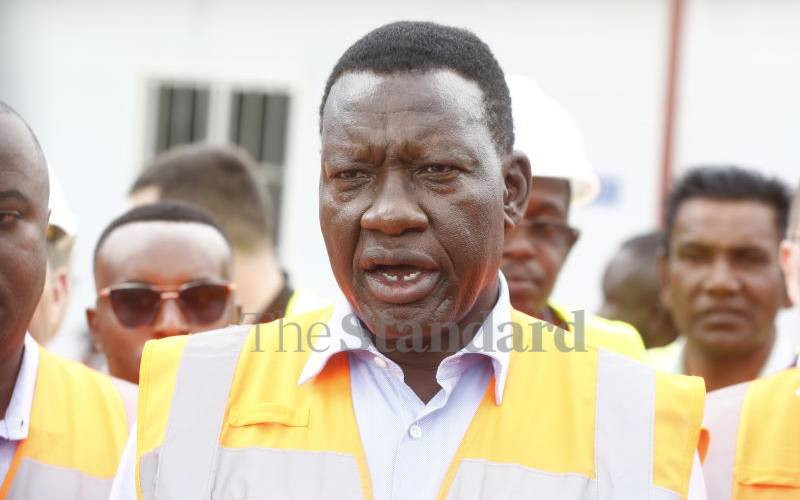×
The Standard e-Paper
Home To Bold Columnists

When Davis Chirchir walked through the corridors of the Ministry of Energy and Petroleum in October last year, he was on familiar grounds, having served as the first Energy and Petroleum Cabinet Secretary in the Jubilee administration.
While many of the operations may have moved to Kawi House in South C, the team of engineers, economists and other professionals largely remained the same.